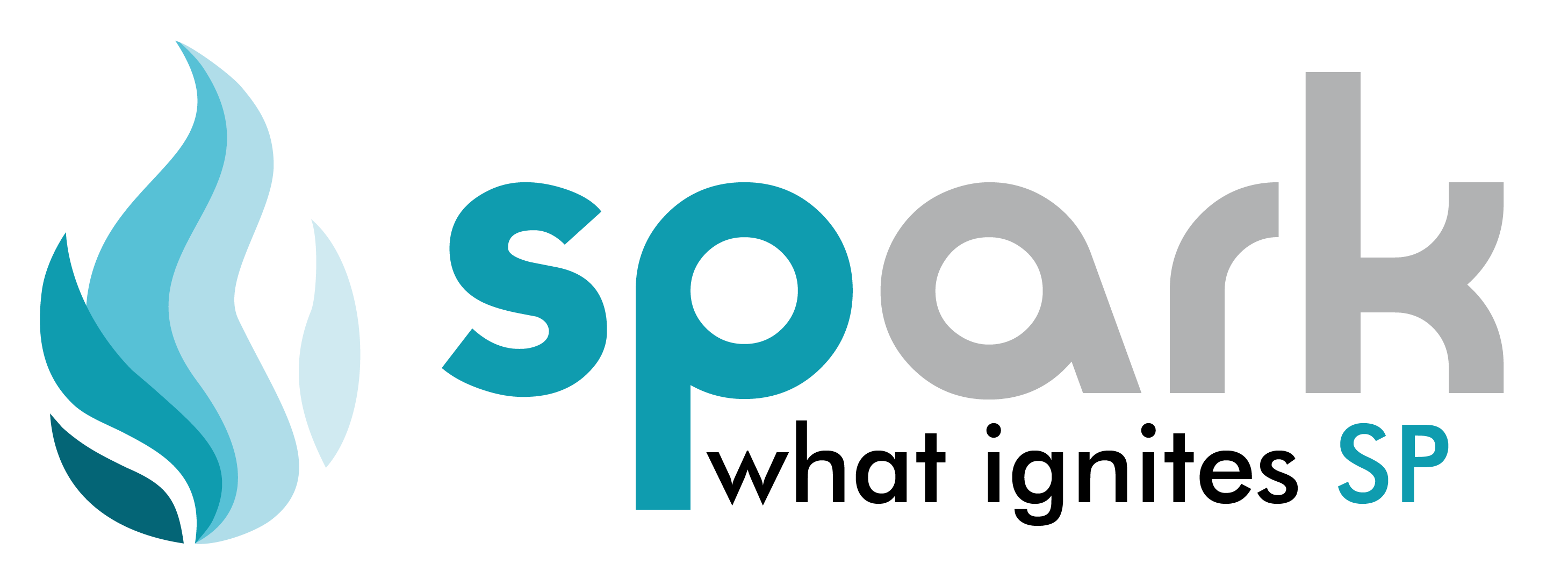Technology is a word that the common man cannot live without in today’s world. One such advancement that promises to widely contribute to the future is the technology of 3D printing. Sardar Patel Institute of Technology, in collaboration with the US Institute of 3D printing technology, organized a webinar and interactive session for the students to get them acquainted with this rapidly increasing field. The speakers that were called from the esteemed institute were Mr Mark Shaw, who is a successful entrepreneur and a professional educator. Then we had Mr Nitin Chaudhary, the founder of Shree Rapid Technologies and one of the first promoters of additive technology in India. And lastly, we had Dr Yogi Gandhi, the CEO of the 3D Institute of Technology.
The webinar started with Mr Mark Shaw giving a briefing on how the 3D printing field has brought about wonderful and useful changes in the world of science, engineering, medicine, economics, automation and commerce. He started giving real-life examples of how this field was being used to give the exact prototypes of the actual product. In the field of medicine especially, doctors and medical professionals have found great substitutes for some of the tedious equipment that they used till now. Syringes and transplantation equipment have undergone drastic developments and have improved human life a lot.

Another field where 3D printing has made a great impact is the field of designing sports gear for athletes. Nowadays, athletes are given world-class equipment that copes up with their physical features, their strength, their agility and all the physical requirements of a sportsman. 3D printing helps in the design of the precise gear, helmets, suits etc required for the particular sport. This helps in the final design, as proper gear can become a turning point for a sportsperson. Similarly, 3D printing technology also improves the automation of cars. As we see the automobile industry undergoing a radical change in terms of the mechanisms of gears, engines, brakes and fuel capacities, 3D printing helps the engineers in having a clear idea of the models required for complete automation. In the medical industry, experts have gone on to predict the scaffolding of a complete organ and also the issue of stem cells! Mr Shaw went on to emphasize how 3D printing is useful in today’s technology and his expertise on how he believes this technology would change the future of mankind!
After Mr Shaw concluded his informative and insightful speech, Mr Yogi Gandhi, the CEO of the US Institute of 3D printing technology started giving information about how the institution works, its partnerships in India and how this field is going to create job opportunities all over the country and every field, right from food and culinary to the emerging fields of artificial intelligence and machine learning. He showed how the 3D printing technology has progressed in four phases, from the first phase which used basic mechanical machines to the current and fourth phase which uses the modern science of data analytics and cloud computing. He went into more depth and talked about the different types of 3D printing i.e additive manufacturing and subtractive manufacturing, which have their pros and cons. Subtractive manufacturing involves reducing the complete material to dust and then converting it into the design that we require, whereas its counterpart first uses the raw material to convert into the actual product and then formulate the design as required. The materials required to build these designs are PLA(Polylactic acid), Butadiene Styrene, carbon fibre and biomaterial, among other common ones.
The industries using this technology vary from automobile, AI, coding, aerospace, construction, food, jewellery, education, entertainment, shoemaking and all the possible industries that mankind has known and after completing a certified course the potential employers are NASA and ISRO from the aerospace industry and DRDO, Bharat Electronics, and L&T from the defence and core industry. The possible job profiles that a person qualified in 3D printing technology can have are aerospace engine designer, jewellery pattern maker, caster, architecture services and many more unimaginable fields that this technology has to offer! 3D printing currently has 32 million certified professionals and holds a market value of $21 billion. Even the government of India has released its new policies regarding the education and funding of 3D printing technology. With this, Dr Gandhi showed some videos regarding how 3D printers are implemented in the industries. In his conclusion, he presented the eligibility criteria for the course which included an undergraduate degree course and just a pure thirst to learn!

With these wonderful points and details regarding this vast storehouse of knowledge, the speakers concluded the session and opened the Q&A session. The students put forth their queries and the speakers answered them, thereby clearing the doubts in the curious minds of students.
The event was a knowledgeable webinar that greatly helped students in considering the field of 3D printing technology as a possible career option. We hope that IEEE and SPIT organize more such events in the future that help the students determine their respective career paths with confidence.
-A report by Guruprasad Parasnis
